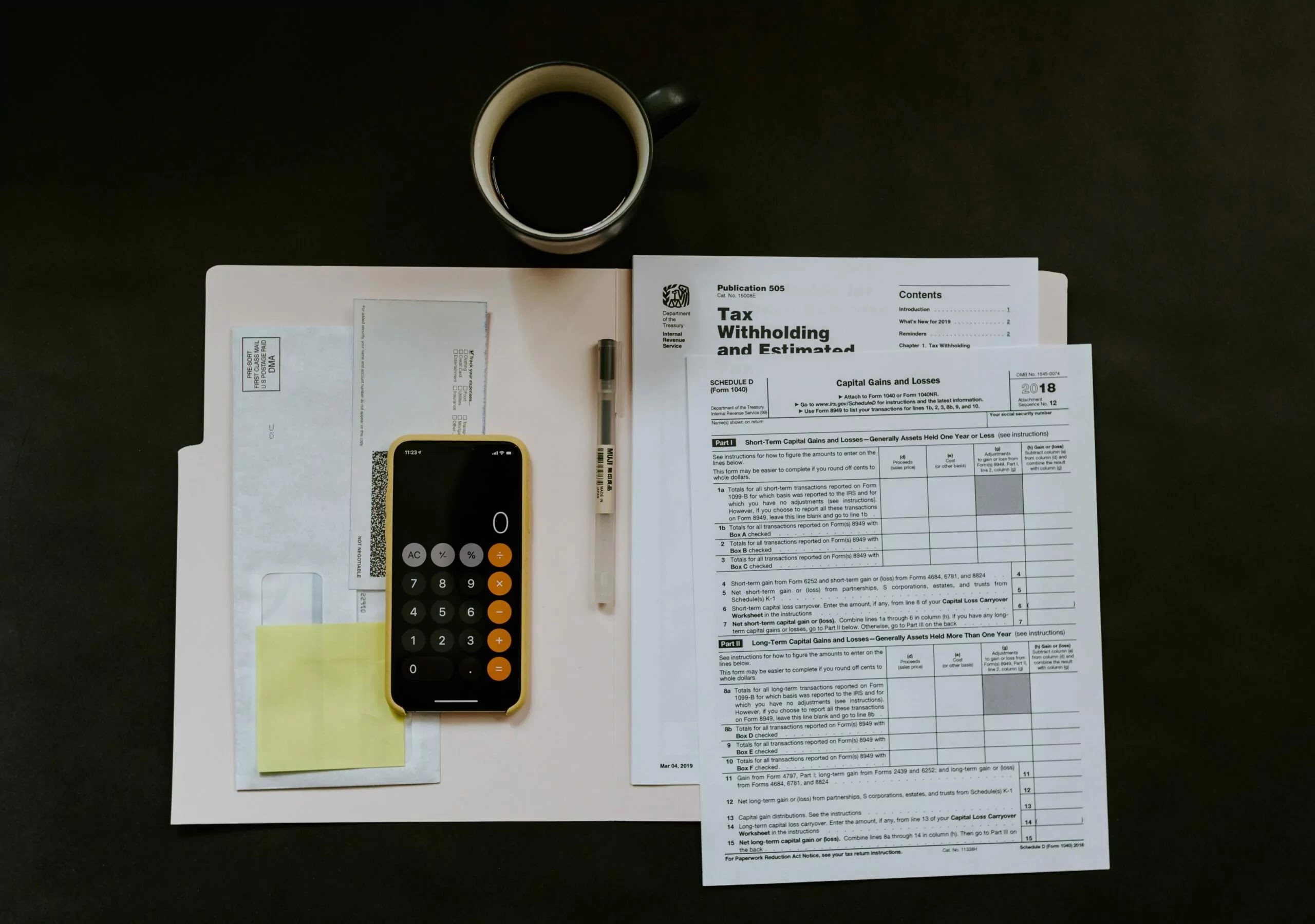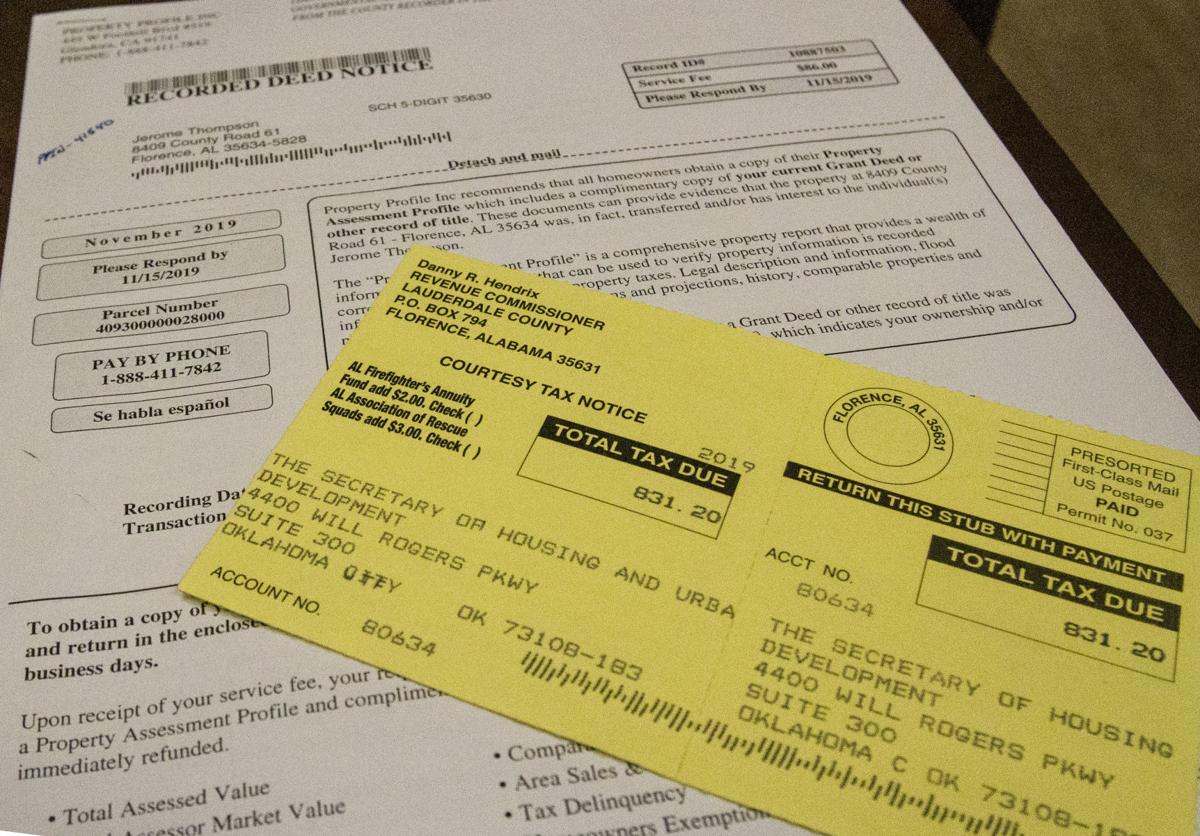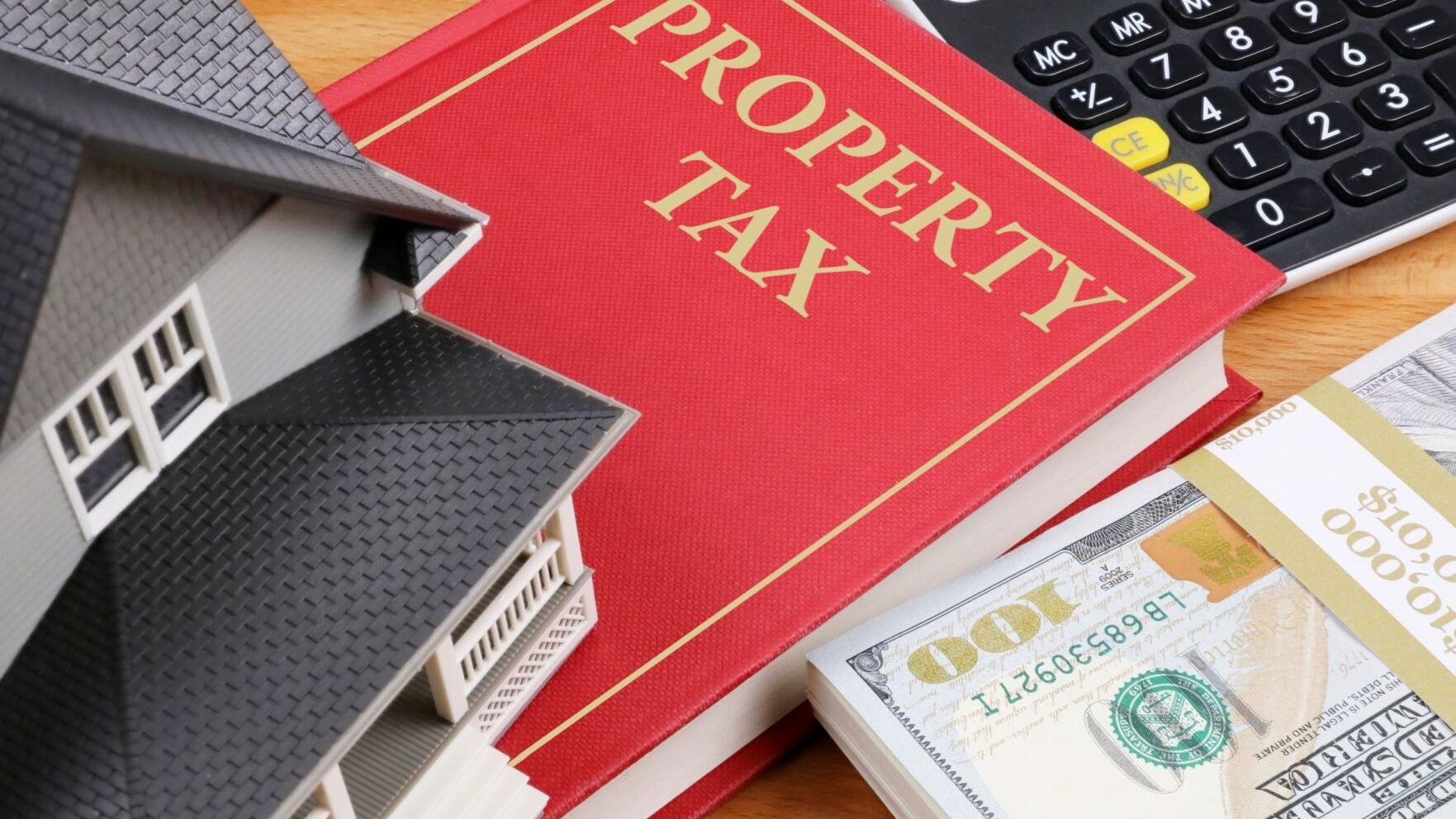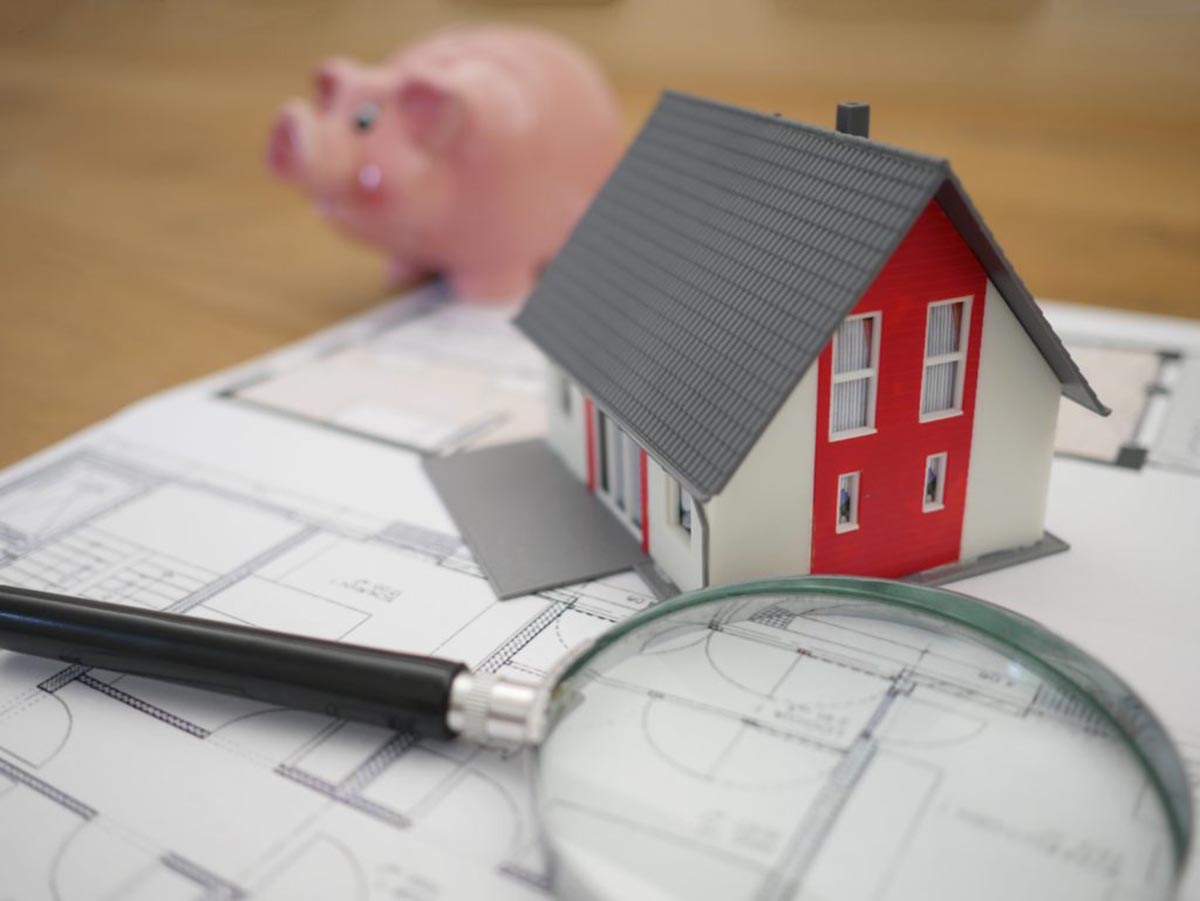Home>Home Maintenance>How To Calculate Depreciation In A Property Assessment


Home Maintenance
How To Calculate Depreciation In A Property Assessment
Modified: March 6, 2024
Learn how property assessment takes into account the sale price minus cost new to determine depreciation. Discover the importance of home maintenance in maintaining property value.
(Many of the links in this article redirect to a specific reviewed product. Your purchase of these products through affiliate links helps to generate commission for Storables.com, at no extra cost. Learn more)
Introduction
Welcome to the world of property assessment, where values are determined and properties are evaluated. Understanding the assessment process is crucial for homeowners, real estate professionals, and anyone involved in the buying or selling of properties. One key aspect of property assessment is the concept of depreciation.
Depreciation plays a vital role in determining the value of a property. It takes into account the wear and tear, age, and condition of a property and factors them into the assessment. By understanding depreciation, you can gain insights into how properties are valued and make informed decisions in the real estate market.
In this article, we will delve into the concept of depreciation in property assessment and explore the equation of sale price minus cost new, which is used to calculate depreciation. We will also discuss the factors that affect depreciation and highlight the importance of accurate depreciation calculations in property assessment.
So, whether you’re a homeowner looking to understand the value of your property or a real estate professional aiming to provide accurate assessments to clients, let’s dive into the world of property assessment and unravel the mysteries of depreciation.
Key Takeaways:
- Depreciation in property assessment reflects the decrease in a property’s value over time due to wear and tear, age, and obsolescence. It’s crucial for understanding property value and making informed real estate decisions.
- The equation of sale price minus cost new is used to calculate depreciation in property assessment. Factors like property age, condition, location, and market conditions influence depreciation rates, impacting property value and financial decisions.
Understanding Property Assessment
Property assessment is the process of determining the value of a property for taxation purposes. It is conducted by local government authorities to establish the fair market value of properties within their jurisdiction. The assessed value of a property is used to calculate property taxes and can also impact insurance premiums, mortgage eligibility, and property sale prices.
Assessment officials consider various factors when evaluating a property, including location, size, condition, improvements, and recent sales of similar properties in the area. The goal is to estimate the property’s market value, which is the price it would likely sell for on the open market.
Property assessments are typically conducted on a regular basis, such as annually or every few years, to ensure fairness and accuracy. Assessors may use different methods, such as the sales comparison approach, income approach, or cost approach, depending on the property type and local regulations.
Understanding property assessment is essential for homeowners, as it directly impacts their financial obligations and potential gains. It helps individuals gauge the value of their investments and make informed decisions regarding property ownership.
For real estate professionals, understanding property assessment is crucial for providing accurate and reliable information to clients. It allows them to assist buyers and sellers in determining fair market prices and negotiating transactions. Moreover, understanding the assessment process helps professionals identify discrepancies or errors in assessments and advocate for fair value.
Now that we have a basic understanding of property assessment, let’s explore the concept of depreciation and its role in property valuation.
The Concept of Depreciation in Property Assessment
Depreciation is an essential element in property assessment as it accounts for the decrease in value that occurs over time due to factors such as wear and tear, age, and obsolescence. In simple terms, it reflects the condition of the property and the loss of value it has experienced since it was first constructed or purchased.
Depreciation can be categorized into three types: physical, functional, and external. Physical depreciation refers to the actual deterioration of the property, such as roof damage, cracks in the foundation, or outdated fixtures. Functional depreciation refers to deficiencies or inadequacies in the property’s design or layout that make it less desirable or functional. External depreciation is caused by factors outside the property’s boundaries, such as changes in the neighborhood or nearby developments.
Assessors evaluate these types of depreciation when determining the assessed value of a property. By factoring in depreciation, they can estimate the property’s current worth in relation to its original or replacement cost.
Depreciation can also be influenced by market conditions and fluctuations. Economic downturns, changes in industry demand, and shifts in demographics can all impact property values and subsequent depreciation rates. Additionally, improvements or renovations to a property can potentially slow down depreciation by enhancing its overall condition and functionality.
It is important to note that not all properties depreciate at the same rate or in the same manner. Different property types, locations, and markets may experience varying rates of depreciation. This is why accurate assessment is crucial, as it ensures that property owners are taxed fairly and that buyers and sellers can make informed decisions based on the property’s true value.
Now that we understand the concept of depreciation, let’s explore the equation of sale price minus cost new and its significance in calculating depreciation in property assessment.
Sale Price Minus Cost New: An Equation for Depreciation Calculation
In property assessment, the equation of sale price minus cost new is commonly used to calculate depreciation. This equation takes into account the original cost of constructing or acquiring the property and subtracts the current sale price to determine the accumulated depreciation.
The cost new represents the total expenditure required to build or purchase the property at its initial condition. This includes construction costs, land acquisition costs, and any additional expenses incurred during the development process. On the other hand, the sale price is the amount for which the property is currently being sold.
By subtracting the sale price from the cost new, assessors can determine how much value the property has lost over time. This depreciation calculation helps to reflect the property’s current condition and market worth. It is important to note that other factors, such as age, condition, and location, may also be considered in the overall depreciation assessment.
For example, let’s assume a property had a cost new of $500,000 when it was initially constructed. Several years later, the property is being sold for $400,000. By subtracting the sale price ($400,000) from the cost new ($500,000), the equation would result in a depreciation of $100,000.
It is important to use accurate and up-to-date information when applying the sale price minus cost new equation. This ensures that the depreciation calculation reflects the property’s actual value. Real estate professionals and assessors should gather data on recent comparable sales and obtain professional appraisals to ensure accurate figures.
The sale price minus cost new equation provides a straightforward method for estimating depreciation in property assessment. It highlights the changes in value that a property has undergone since its acquisition or construction. By understanding this equation, property owners can better comprehend the financial implications of depreciation, and real estate professionals can provide clients with accurate assessments and guidance.
Next, let’s explore the factors that can affect depreciation in property assessment.
The sale price minus the cost new equals depreciation in property assessment because it reflects the decrease in value due to wear and tear, age, and obsolescence. This calculation helps assess the property’s current worth.
Factors Affecting Depreciation in Property Assessment
When it comes to property assessment, various factors can impact the rate and extent of depreciation. It’s essential to consider these factors to accurately determine the value of a property. Let’s explore some key factors that can affect depreciation in property assessment:
- Property Age: The age of a property is a critical factor in determining depreciation. Generally, older properties tend to have higher levels of physical wear and tear, resulting in more significant depreciation over time. Newer properties, on the other hand, may have minimal depreciation as they are in better condition.
- Property Condition: The overall condition of a property directly influences depreciation. Properties that have been well-maintained and regularly renovated are likely to have lower depreciation rates compared to properties in poor condition.
- Location: The location of a property can significantly impact its depreciation rate. Properties located in desirable neighborhoods or areas experiencing growth and development are more likely to have lower depreciation rates. Conversely, properties in declining or less desirable areas may experience higher rates of depreciation.
- Market Conditions: Economic factors and market conditions can affect the depreciation of a property. Fluctuations in demand, changes in property values, and economic downturns can all impact the rate at which a property depreciates or gains value over time.
- Building Materials and Design: The quality of building materials used and the design of a property can impact its depreciation. Properties constructed with durable materials and modern design elements are less likely to experience rapid depreciation. Conversely, properties with inferior construction materials or outdated designs may depreciate more quickly.
- Residential vs. Commercial: The type of property, whether residential or commercial, can influence depreciation rates. Commercial properties may have higher depreciation rates due to faster changes in market demand and technological advancements. Residential properties, especially homes in established neighborhoods, may experience slower rates of depreciation.
It’s important to note that these factors are not mutually exclusive, and multiple factors can interact to influence depreciation. Assessors carefully analyze these factors to determine the appropriate depreciation rate for a property. By considering these factors, property owners can also make informed decisions regarding property maintenance and improvements to minimize depreciation.
Now that we understand the factors that impact depreciation, let’s explore the importance of accurate depreciation calculation in property assessment.
Importance of Accurate Depreciation Calculation in Property Assessment
Accurate depreciation calculation is of utmost importance in property assessment as it ensures fairness, transparency, and informed decision-making. Here are some key reasons why accurate depreciation calculation is essential:
- Equitable Taxation: Property owners are required to pay property taxes based on the assessed value of their properties. Accurate depreciation calculation ensures that property owners are taxed fairly, taking into account the property’s current condition and value. It helps prevent overtaxation or underassessment, promoting equity in the taxation system.
- Real Estate Transactions: Accurate depreciation calculation is crucial in real estate transactions. Buyers and sellers rely on accurate assessments to determine fair market prices and negotiate deals. An incorrect or inflated assessment can lead to disputes, delayed transactions, or financial loss for either party involved.
- Property Insurance: Insurance companies rely on accurate property assessments to determine coverage and premiums. Accurate depreciation calculation helps insurance providers evaluate the replacement or repair costs of a property, allowing them to offer appropriate coverage and set premiums accordingly.
- Investment Decision-Making: Accurate depreciation calculation is vital for individuals or entities considering property investments. By understanding the depreciation rate and trend of a property, investors can assess its potential for long-term value appreciation or rental income. It helps them make informed decisions regarding property acquisition, strategic renovations, or divestment.
- Property Portfolio Management: Accurate depreciation calculation assists property owners, investors, and real estate professionals in managing their property portfolios effectively. By tracking depreciation rates across their properties, they can identify underperforming assets or areas requiring maintenance or upgrades. It helps optimize portfolio performance and allocation of resources.
- Regulatory Compliance: Accurate depreciation calculation ensures compliance with local regulations and assessment standards. Governments and regulatory bodies rely on accurate assessments to determine property values for taxation purposes and to maintain consistency in the assessment process.
Overall, accurate depreciation calculation is critical for maintaining transparency, fairness, and efficiency in property assessment. It allows individuals and institutions to make informed decisions, protects the rights of property owners, and facilitates the smooth functioning of the real estate industry.
Now that we understand the importance of accurate depreciation calculation, let’s conclude our exploration of property assessment.
Conclusion
Property assessment is a fundamental process that determines the value of properties for taxation purposes. The concept of depreciation plays a significant role in property assessment, reflecting the decrease in value over time due to factors such as wear and tear, age, and obsolescence.
The equation of sale price minus cost new is commonly used to calculate depreciation in property assessment. This equation considers the original cost of the property and subtracts the current sale price to determine the accumulated depreciation. Factors such as property age, condition, location, market conditions, and design can influence the rate of depreciation.
Accurate depreciation calculation is essential in property assessment for various reasons. It promotes equitable taxation, facilitates smooth real estate transactions, aids in insurance assessments, assists in investment decision-making, streamlines property portfolio management, and ensures compliance with regulations.
By understanding the concept of depreciation, property owners, real estate professionals, and buyers and sellers can gain insights into the value of properties. Accurate depreciation calculation helps individuals make informed decisions, protect their financial interests, and navigate the complexities of the real estate market.
It is crucial to gather accurate and up-to-date data to ensure precise depreciation calculation. Leveraging professional appraisals, industry expertise, and market analysis can help ensure the accuracy of assessments and depreciation calculations.
In conclusion, property assessment and depreciation calculation are vital components of the real estate industry. By understanding and considering these aspects, individuals can navigate the market, make informed decisions, and safeguard their financial interests in the dynamic world of property ownership and investment.
Frequently Asked Questions about How To Calculate Depreciation In A Property Assessment
Was this page helpful?
At Storables.com, we guarantee accurate and reliable information. Our content, validated by Expert Board Contributors, is crafted following stringent Editorial Policies. We're committed to providing you with well-researched, expert-backed insights for all your informational needs.















0 thoughts on “How To Calculate Depreciation In A Property Assessment”